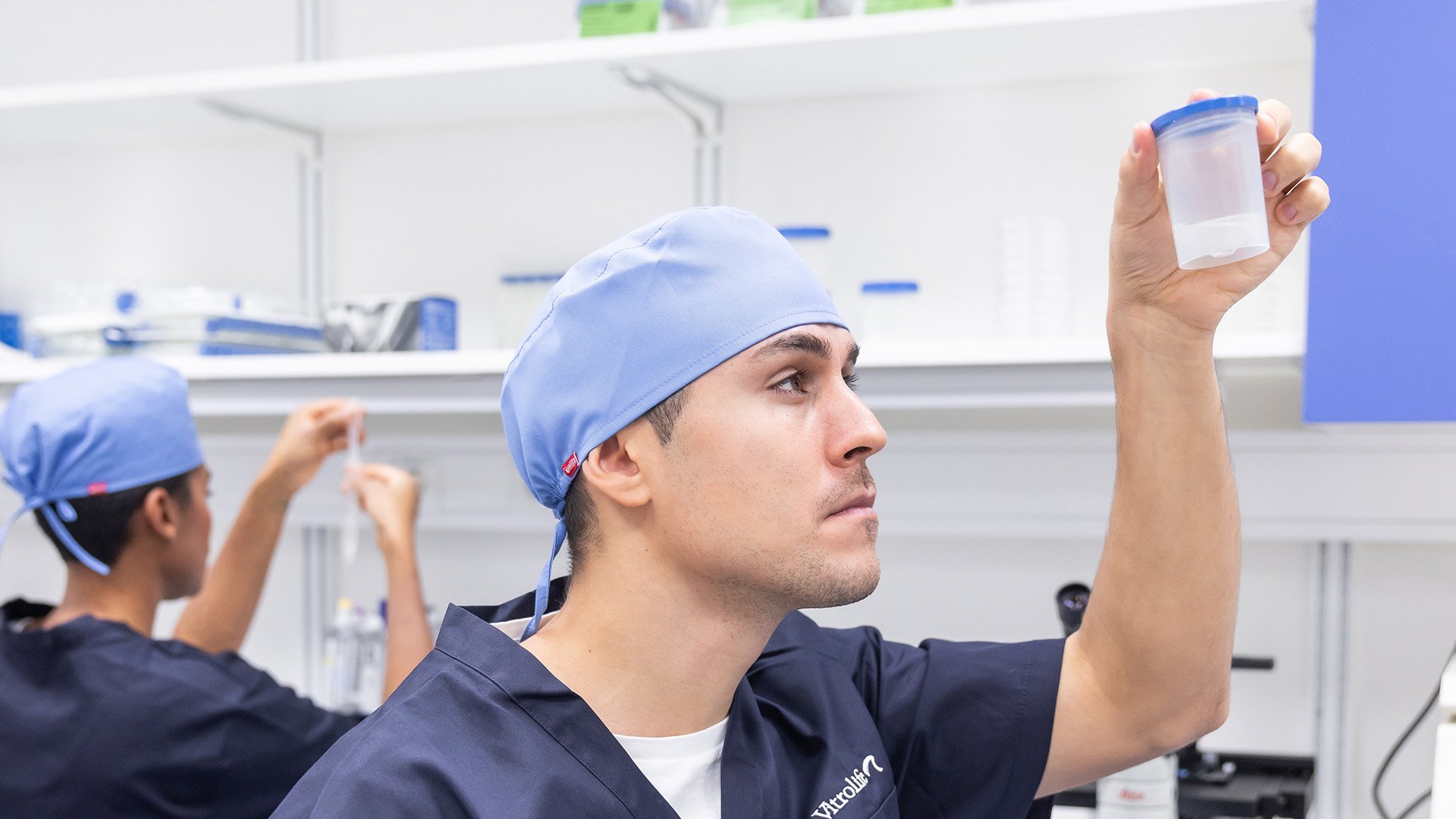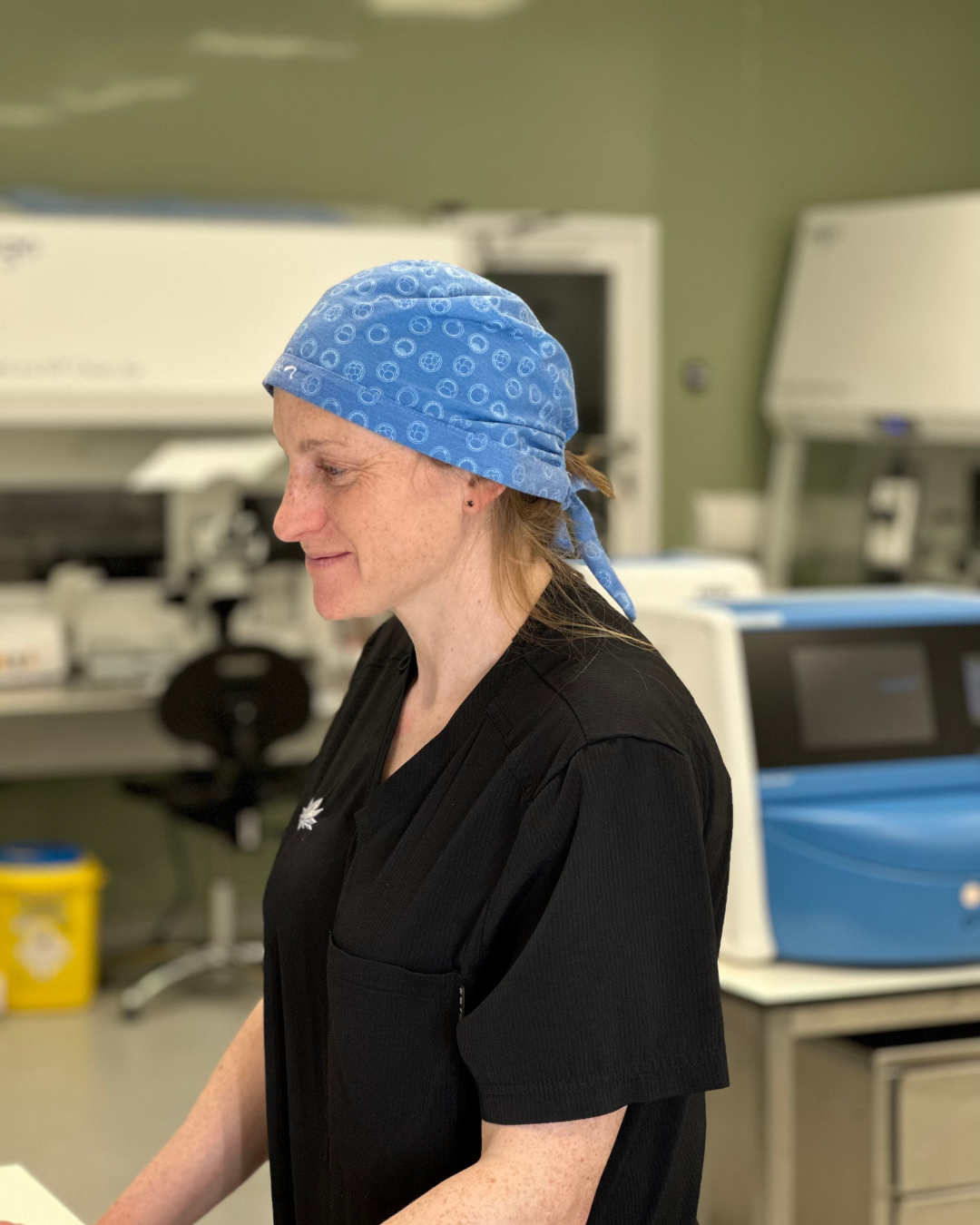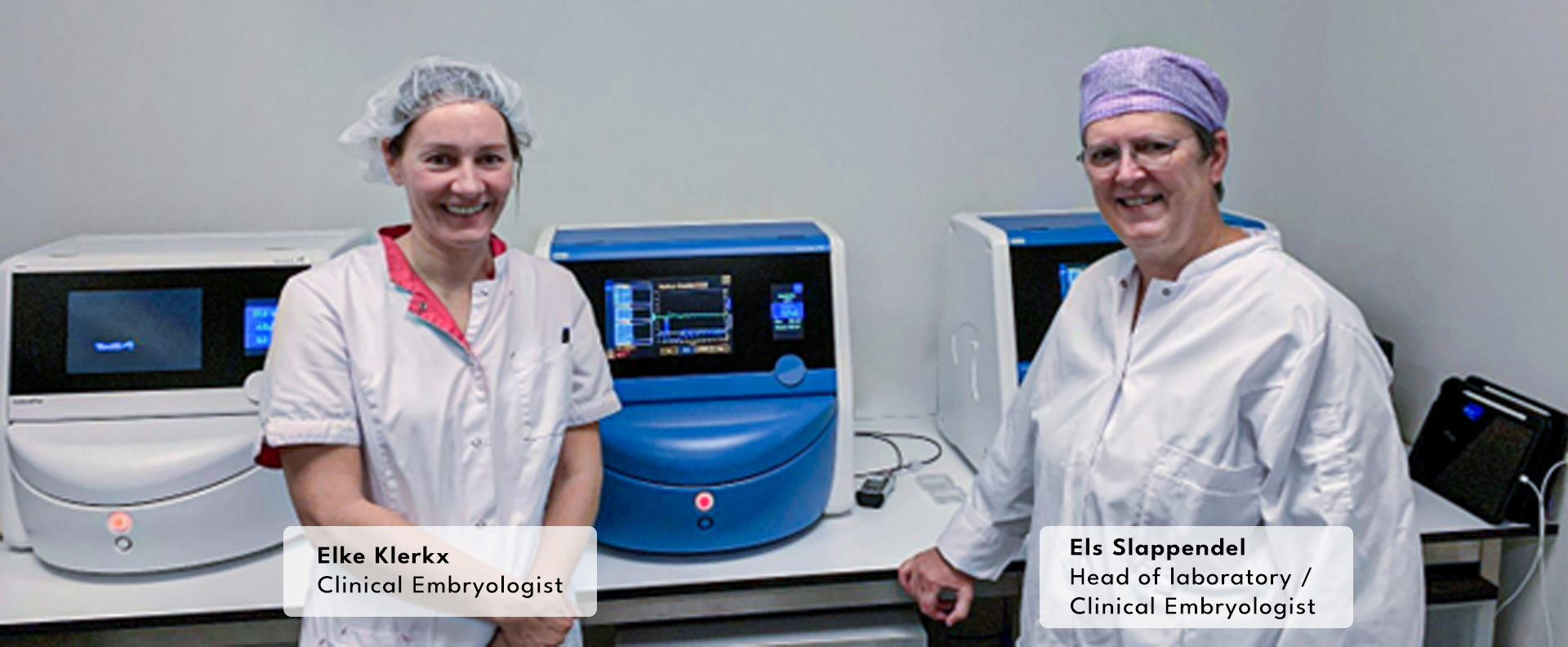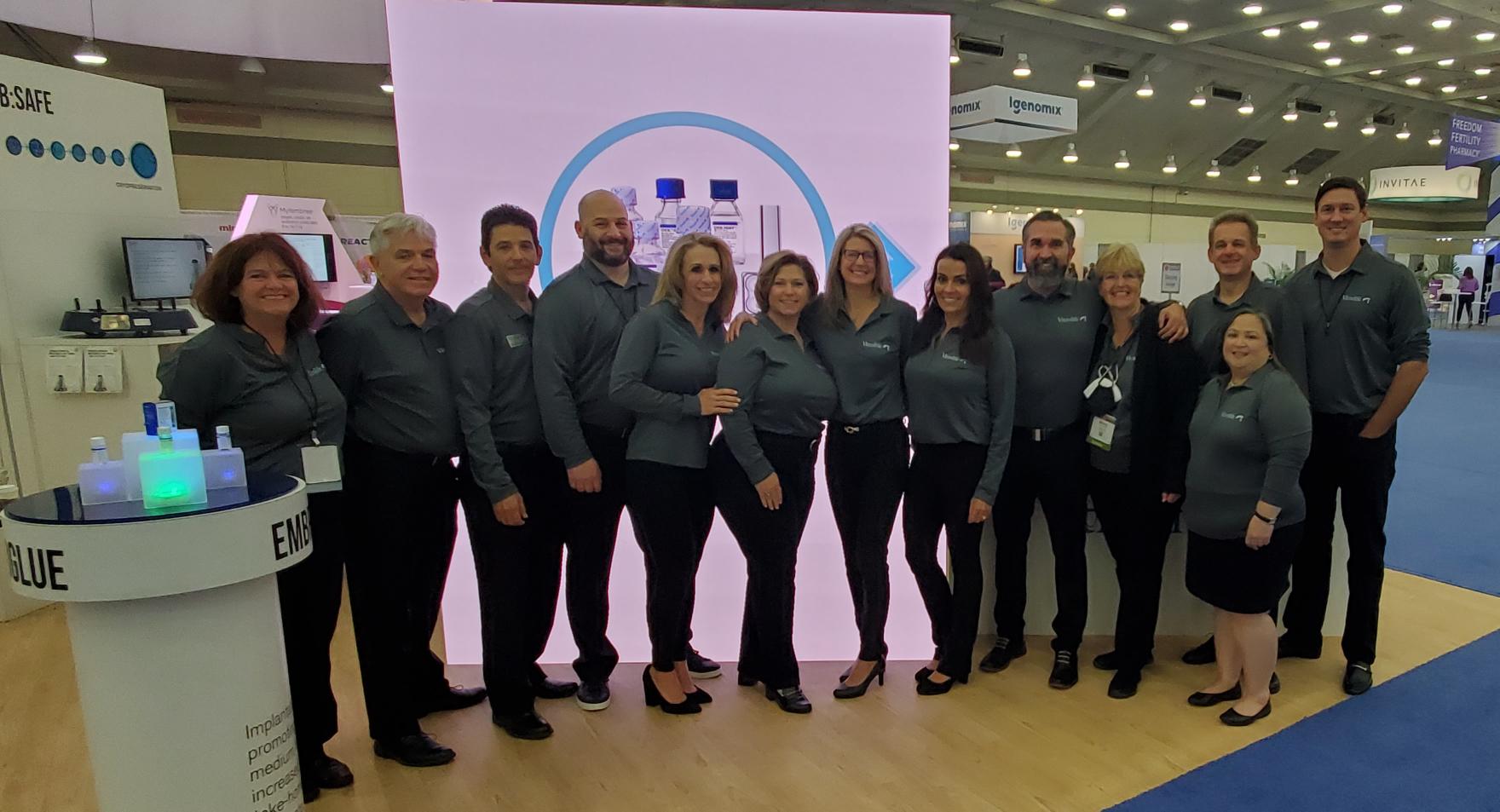The CE marking on a medical device indicates that the product complies with European Union (EU) regulations. This certification highlights the fact that the product meets general safety and performance requirements as set out in Regulation (EU) 2017/745, AKA Medical Device Regulations (MDR). As well as being a legal requirement to have the CE marking in the European Economic Area (EEA), or equivalent in certain markets, it also provides reassurance that the medical device has undergone rigorous testing and assessment to ensure its safety and performance. This helps protect patients and users from potential risks associated with using non-compliant or unsafe devices.
Vitrolife
Unleashing Clinic Efficiency: Time-Lapse and its evaluation software tool’s integration
By Vitrolife, Aug 16, 2023
Welcome to our blog post, where we explore the remarkable benefits of integrating time-lapse technology and specialised software in clinical settings. By combining these innovative tools, clinics worldwide are optimising workflows, gaining valuable insights, and revolutionising patient care. Carol Loscher, Laboratory Manager at Thérapie Fertility in Dublin, sharesthe valuable insight of their practice in the clinic.
The Advantages of Full Time-lapse: Insights from Embryologists at Nij Geertgen (Netherlands)
By Vitrolife, Apr 18, 2023
In 2020, Nij Geertgen (Netherlands) became the first center in Benelux to offer 100% time-lapse for all patients.
The different gases needed for gamete and embryo culture?
By Vitrolife, Mar 23, 2023
The physiological pH for human gametes and embryos is generally thought to be between 7.2 and 7.4. In order to maintain this range of pH during culture, i.e. to create a similar environment to that of the human reproductive tract, we use CO2 gas inside various types of incubators (this blog post by Markus Montag – “Considerations for embryos culture at high altitude”, further explains this).
What is the function of a pH buffer?
By Vitrolife, Jan 10, 2023
In vitro, the pH is generally maintained between 7.2 and 7.4. All Vitrolife media are formulated to meet this narrow pH specification range, supporting optimal metabolic conditions. Maintaining a defined and physiological pH is through the inclusion of certain chemical components in the media called “pH buffers”. These pH buffers act as a weak acid or base. As a result, solutions containing such buffers can resist a change in pH caused by environmental changes.
The most commonly used pH buffer in IVF culture media is bicarbonate, which is the same buffer that is present in our blood. Carbon dioxide (CO2) in the atmosphere surrounding the culture dish will dissolve and equilibrate in the medium. Dissolved CO2 increases the amount of carbonic acid in the medium, releasing protons and therefore decreasing pH in the medium (see equation below). If the CO2 level in an incubator remains constant, the pH of the medium can be maintained. Vitrolife culture media require a CO2 concentration of 6.0% at sea level, but the CO2 concentration can be adjusted by the end user to reach the desired pH. This ensures there is enough CO2 inside the incubator surrounding the culture dish, and in turn the formation of carbonic acid and protons, to maintain the specified pH of the culture media.
CO2 + H2O ↔ H2CO3 ↔ HCO3- + H+
When a procedure is performed in atmospheric conditions outside of the incubator, the media containing gametes and embryos are exposed to a much lower CO2 concentration (about 0.02%). This dramatic drop in CO2 concentration will cause a change in the carbonic acid and proton content in the medium and an increase in the pH to a level above what is optimal for gametes and embryo development. Using an oil overlay on the dish will somewhat delay the effect of this drop in CO2 concentration and subsequent pH increase. Thus, it is recommended to use media containing a pH buffer other than bicarbonate when performing procedures under atmospheric conditions.
Deepen your knowledge:
Comparison of closed vs open vitrification devices
By Vitrolife, Jan 27, 2022
The concept of fast freezing or vitrification was first described more than 80 years ago by Basile J. Luyet, the so-called Father of Cryobiology (Luyet, 1937). He showed that supercooled solutions could be solidified without crystallization, forming a glass-like state. Already then, the potential of the technique and the associated challenges were in the research spotlight. Today, we’ve managed to overcome all methodological-related issues of vitrification. It has evolved into a reliable and efficient method to freeze oocytes and embryos. Vitrification is used for medically assisted reproduction and fertility preservation: the goal is to ensure the maximum survival rate with the highest level of biosafety. In this blog post, we will compare closed and open carrier devices for vitrification.
Latest news in Reproductive Care - Reflections from ASRM 2021
By Vitrolife, Dec 10, 2021
This year, the annual meeting of ASRM 2021 was back in its physical form, and we where there in-person with a great team from Vitrolife. For those of you who couldn´t attend the meeting or want to update yourself again on the interesting sessions, we have compiled this blog post, with thoughts and reflections from the Vitrolife team on some of the scientific content presented at the meeting.
Talking SENSE™ with Prof. William Ledger
By Vitrolife, Jun 14, 2021
The unique design of SENSE™ provides ideal conditions for optimised oocyte retrieval performance and aspiration time as well as improved patient comfort. Prof William Ledger is Head of Obstetrics & Gynaecology at the University of New South Wales and Director of Reproductive Medicine at The Royal Hospital for Women, Sydney. In this video, Prof Ledger shares his expertise, experience and why he has chosen to use SENSE™ follicle aspiration for all his patients.
Thoughts and reflections from ASRM 2020
By Vitrolife, Nov 10, 2020
This year, online was the place to be when participating in the 76th annual meeting of ASRM. In this blog post, thoughts and reflections from the Vitrolife team have been collected on some of the scientific content presented at the meeting.
Thoughts and reflections from ESHRE 2020
By Vitrolife, Aug 20, 2020
The 36th annual meeting of ESHRE took place online this year, with more than 12,000 registered participants. Like last year, the Vitrolife team has put together our thoughts and reflections on some of the scientific content from the meeting. We also offer the opportunity to watch our recorded scientific symposium again.








